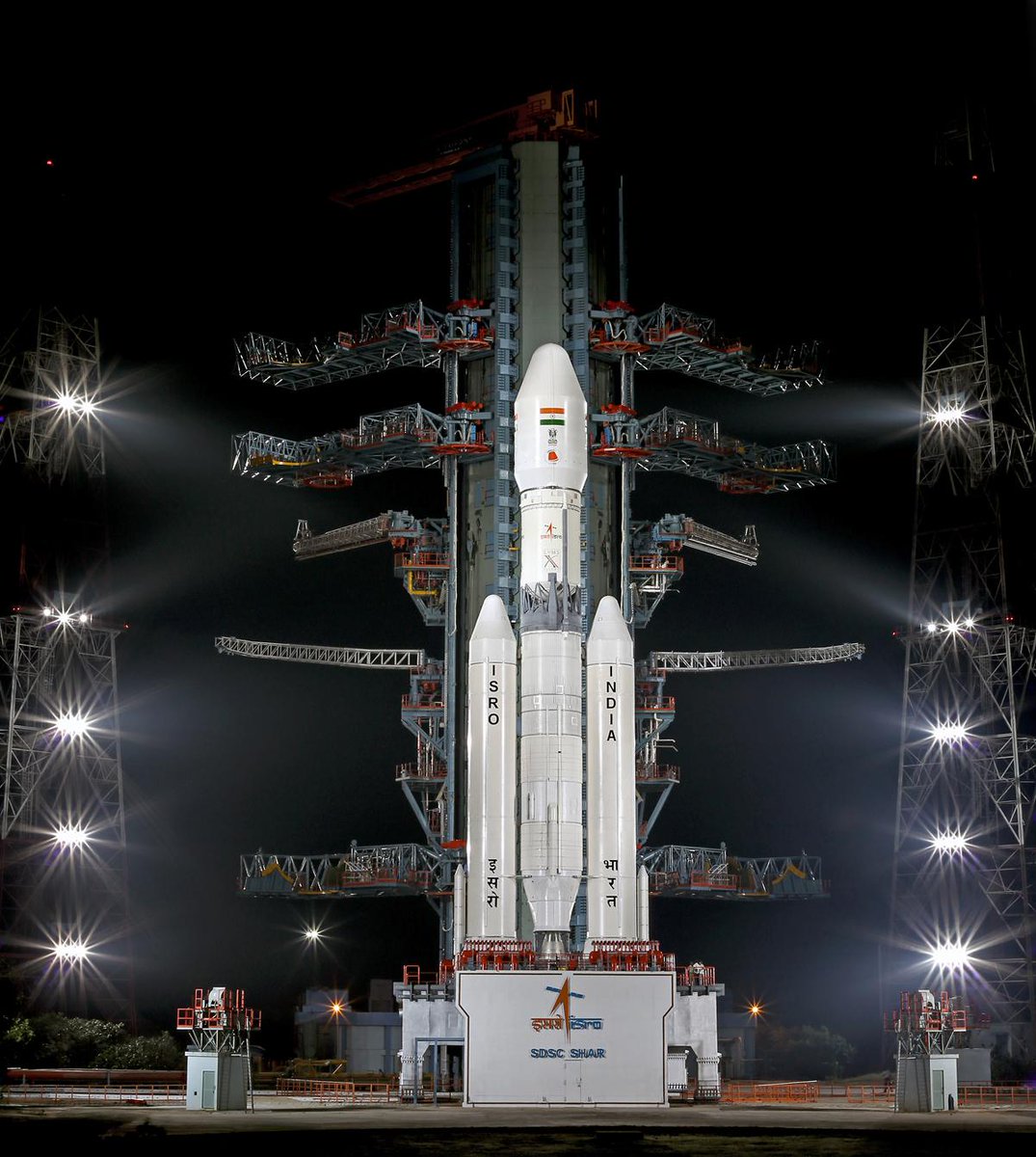Our Indian friends are taking another big step, encouraged by their recent Mars orbiter success.




Prashanth G N, Oct 23, 2014, Bangalore:
ISRO's human space flight endeavour inches ahead
Taking a first flight-related step in its Human Space Flight (HSF) endeavour, Indian Space Research Organisation (Isro) will, in nearly 45 days’ time, launch an unmanned crew module on the experimental GSLV MK III flight.
“The date of the launch will be finalised at a review meeting immediately after Deepavali celebrations. We will examine all aspects of the crew module and the MK-III flight after which comes the launch window and date,†Isro chairman K Radhakrishnan told Deccan Herald.
He said: “The government had sanctioned Rs 145 crore towards the HSF programme. With that funding we have been able to develop a crew module that will fly the astronauts to space, space suits, life support systems and a host of technologies relevant to the HSF.
The first test trial, that of the crew module, will be undertaken in November last week or December first week on the GSLV MK-III.â€
The crew module will be injected into orbit by the GSLV at a height of 110-120 km in space from where it will fall towards the earth and be recovered from sea. Isro will examine how the crew module and thermal shield around it handle the heat and temperatures during re-entry into the earth’s atmosphere.
The module’s behaviour during re-entry will determine the technologies to be developed for the manned space flight. The Indian Air Force will conduct trials of retrieving the crew module from sea after a soft-landing. The three-and-a-half tonne module will transport two astronauts to space. The astronauts inside the module will be able to see flight data during the flight.
Once injected into orbit at a height of 270 km in the actual flight, the module will orbit the earth for seven days and then prepare itself for the flight back to the earth.
The module has to withstand temperatures running to 1,500 degrees centigrade during the re-entry.
The heat shields will have to shake off the pressure on its re-entry. In February 2003, the US space shuttle Columbia disintegrated during re-entry as the thermal heat shields could not withstand the heat.
The manned flight to space will be undertaken after these tests pass the space-quality criterion. The GSLV MK-III has made at least four to six successful test flights, which means the HSF may take pace by 2020.
Isro’s model of building critical technologies, launch vehicles and satellites at lower budgets has helped in the HSF project too. Besides, several public and private sector companies have helped it build the module.
To name a few, the Hindustan Aeronautics Limited (HAL) developed the internal structure, SIDCO helped in making vibration-resistant materials, and composite materials came from Valeth High Tech Composites.
ISRO's human space flight endeavour inches ahead
Taking a first flight-related step in its Human Space Flight (HSF) endeavour, Indian Space Research Organisation (Isro) will, in nearly 45 days’ time, launch an unmanned crew module on the experimental GSLV MK III flight.
“The date of the launch will be finalised at a review meeting immediately after Deepavali celebrations. We will examine all aspects of the crew module and the MK-III flight after which comes the launch window and date,†Isro chairman K Radhakrishnan told Deccan Herald.
He said: “The government had sanctioned Rs 145 crore towards the HSF programme. With that funding we have been able to develop a crew module that will fly the astronauts to space, space suits, life support systems and a host of technologies relevant to the HSF.
The first test trial, that of the crew module, will be undertaken in November last week or December first week on the GSLV MK-III.â€
The crew module will be injected into orbit by the GSLV at a height of 110-120 km in space from where it will fall towards the earth and be recovered from sea. Isro will examine how the crew module and thermal shield around it handle the heat and temperatures during re-entry into the earth’s atmosphere.
The module’s behaviour during re-entry will determine the technologies to be developed for the manned space flight. The Indian Air Force will conduct trials of retrieving the crew module from sea after a soft-landing. The three-and-a-half tonne module will transport two astronauts to space. The astronauts inside the module will be able to see flight data during the flight.
Once injected into orbit at a height of 270 km in the actual flight, the module will orbit the earth for seven days and then prepare itself for the flight back to the earth.
The module has to withstand temperatures running to 1,500 degrees centigrade during the re-entry.
The heat shields will have to shake off the pressure on its re-entry. In February 2003, the US space shuttle Columbia disintegrated during re-entry as the thermal heat shields could not withstand the heat.
The manned flight to space will be undertaken after these tests pass the space-quality criterion. The GSLV MK-III has made at least four to six successful test flights, which means the HSF may take pace by 2020.
Isro’s model of building critical technologies, launch vehicles and satellites at lower budgets has helped in the HSF project too. Besides, several public and private sector companies have helped it build the module.
To name a few, the Hindustan Aeronautics Limited (HAL) developed the internal structure, SIDCO helped in making vibration-resistant materials, and composite materials came from Valeth High Tech Composites.








Comment